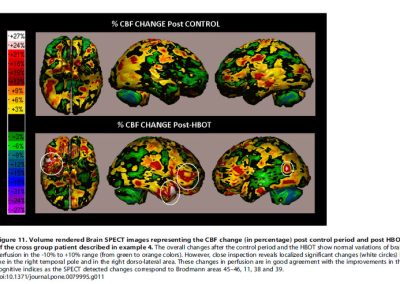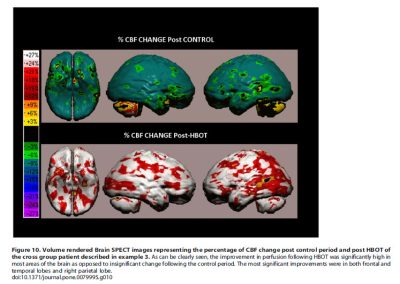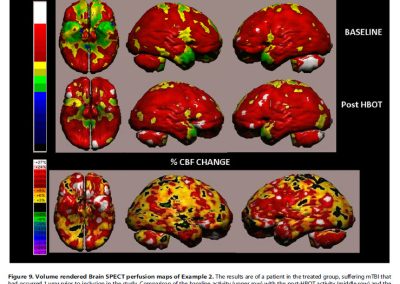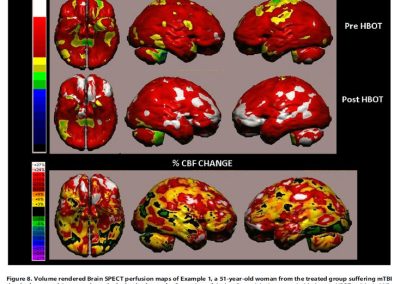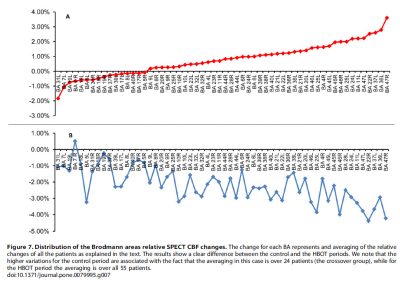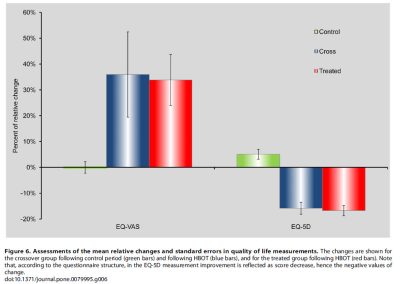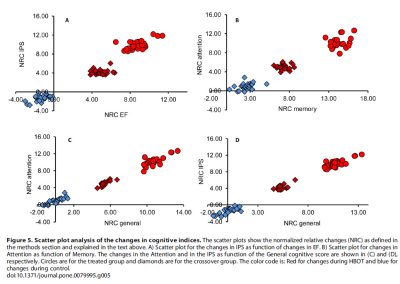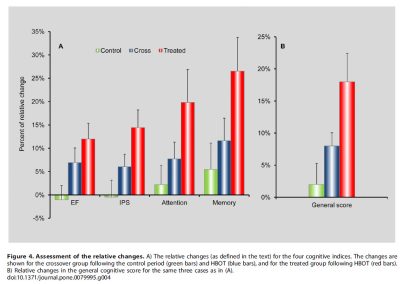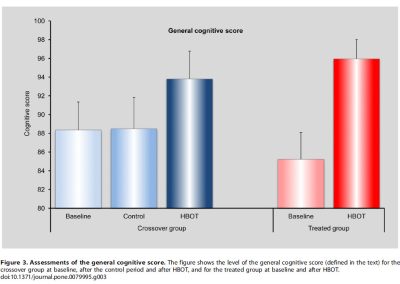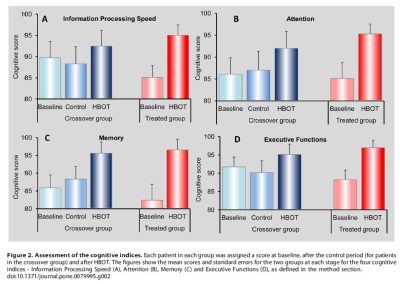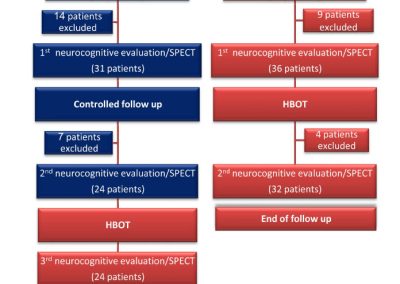As Tom Fox continues his discussion outlining the research on Hyperbaric Oxygen Therapy for brain trauma, he dives into these 5 Department of Defense (DoD) studies. All of these studies were positive studies that were spotlighted in a non-beneficial way, despite the overwhelming evidence that people improved.
Research Rundown for Study #1: The Effect of Hyperbaric Oxygen on Symptoms after Mild Traumatic Brain Injury can be found here.

In this Research Rundown he discusses the second study, Hyperbaric Oxygen Therapy Can Improve Post Concussion Syndrome Years after Mild Traumatic Brain Injury – Randomized Prospective Trial
Highlights:
- This 2013 study comes out of Israel by Boussi and Gross et al.
- The study is important because very rarely are concussion patients seen in an acute setting, where the effectiveness of hyperbarics could be much better and provide much greater results.
- Tom explains that he was a medevac pilot in a former life, and when you put a brain injury patient in flight, you risk worsening the injury with the pressure of flight.
- They were flying from Iraq and Afghanistan to Germany, and they were flying at an altitude of between 6,500 and 8,000 feet.
- The standard, or the gold standard for medical evacuation, is a sea level evacuation, and that was rarely done.
- This study actually showed, and it’s printed, that hyperbaric oxygen therapy can induce neuroplasticity, leading to repair of chronically-impaired brain function and improve the quality of life of many of the mild traumatic brain injury patients with prolonged post-concussive syndromes in a late and chronic stage.
- This was a limited study because it only saw 46 patients in the study.
- What’s important is to look at this study, how it was presented, and especially on the VA website in 2016, they said there were no improvements in cognition or quality of life. Another example of how it’s consistently misrepresented where they emphasize there’s no improvement,.

